- Home
- Trend
- Weight Loss Strategies
- Acne Tips
- Hair Health Information
- Blemish Removal Tips
- Acne Scar Removal Tips
- Muscle Building Techniques
- Intimate Care Tips
- Postpartum Intimate Care
- Eye Bags Wiki
- Tips for Face Slimming
- Secret of Permanent Hair Removal
- Breast Enlargement Tips
- Cure to Snoring
- Marionette Lines
- Skin-Tightening Secrets
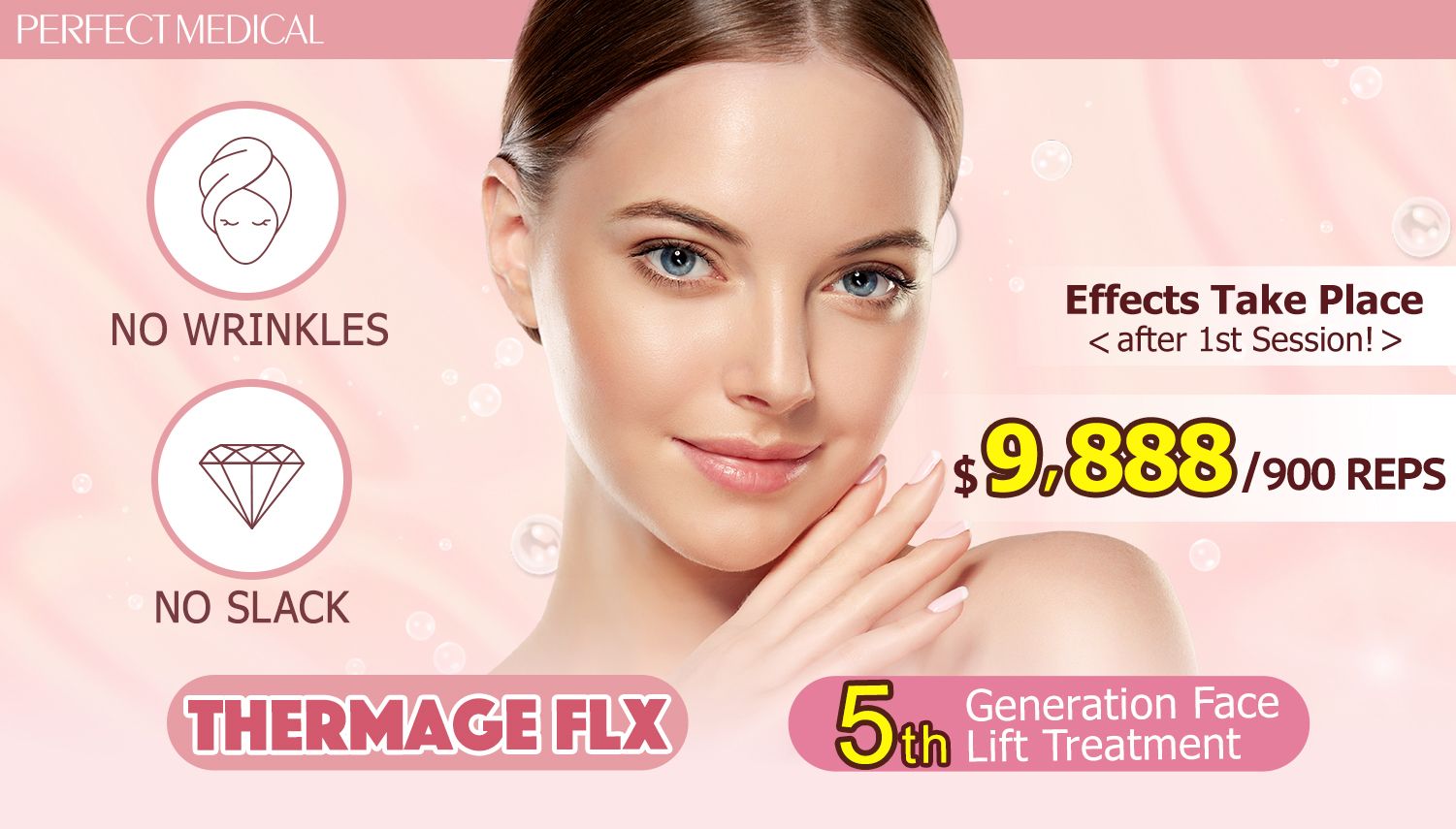
免費體驗
Thermage FLX 5th Generation Face Lift Treatment
1 Minute Self-Registration
Date should not be before minimal date
Jowls are a common concern as we age, with sagging skin around the lower face creating a less defined jawline. Factors like skin laxity, collagen production slowing down, and loss of volume in the facial skin contribute to sagging jowls. While surgical procedures like a facelift can offer dramatic results, there are also non-surgical treatments like dermal fillers, radiofrequency treatments, and facial exercises to help tighten loose skin and restore a more youthful appearance. Understanding the various treatment options and incorporating a healthy lifestyle can help you get rid of jowls and achieve firmer, more youthful skin.
1
Formation of Jowls
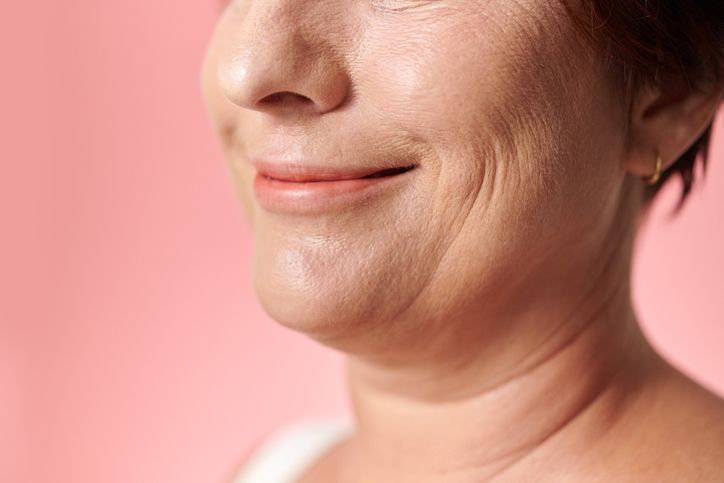
1. Aging and Collagen Loss
2. Environmental Factors and Lifestyle Habits
3. Genetics and Predisposition
4. Jowls vs. Double Chin
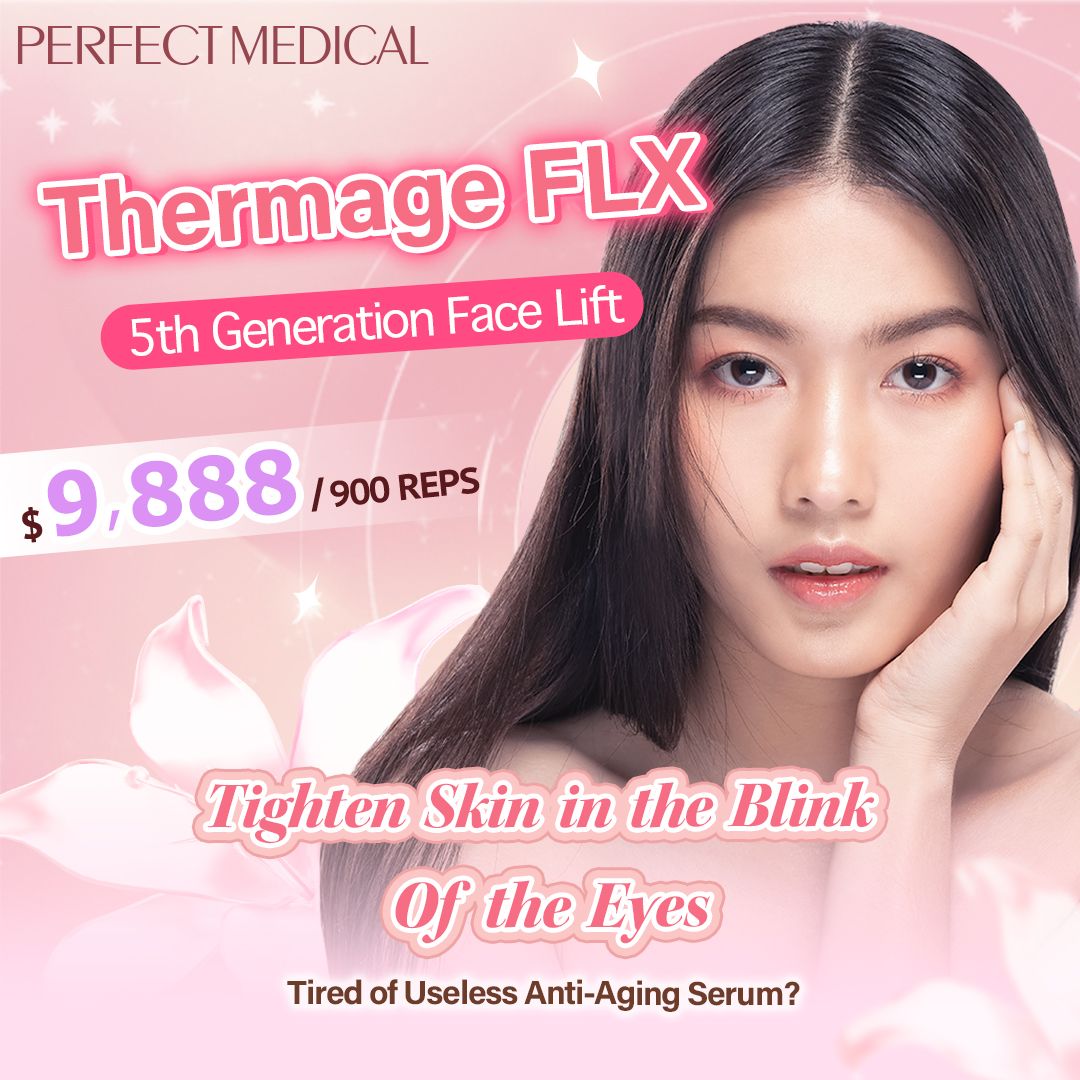
2
Prevention Strategies for Facial Aging
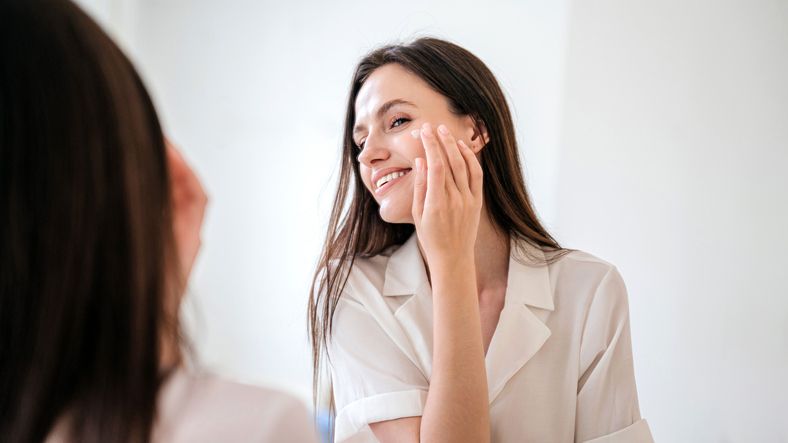
1. Preventing Jowls with Sun Protection
2. Skincare Routine for Firmer Skin
3. Lifestyle Habits to Prevent Jowls
4. Daily Practices to Keep Jowls Away
3
Non-Surgical Treatment Options for Jowls

1. Ultherapy: Ultrasound to Stimulate Collagen
2. Dermal Fillers: Restore Volume and Definition
3. Radiofrequency and Laser Treatments: Improve Texture and Firmness
4. Kybella: Target Fat in the Jowl Area
5. PRP Treatments: Enhance Skin Firmness Naturally
6. Thermage FLX 5th Generation: A Non-Surgical Solution for Jowls
Combining Treatments for Optimal Results
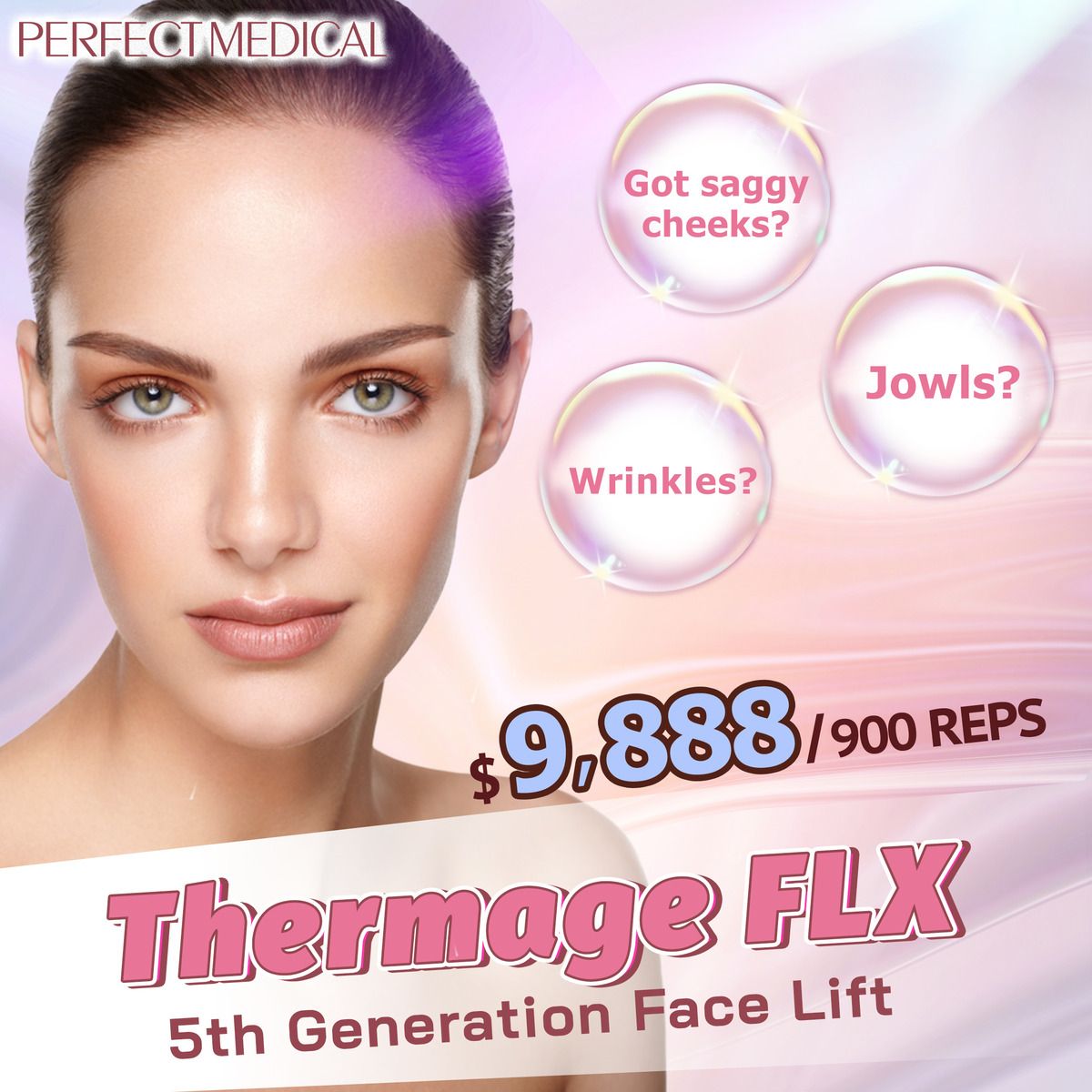
4
Surgical Solutions for Jowls
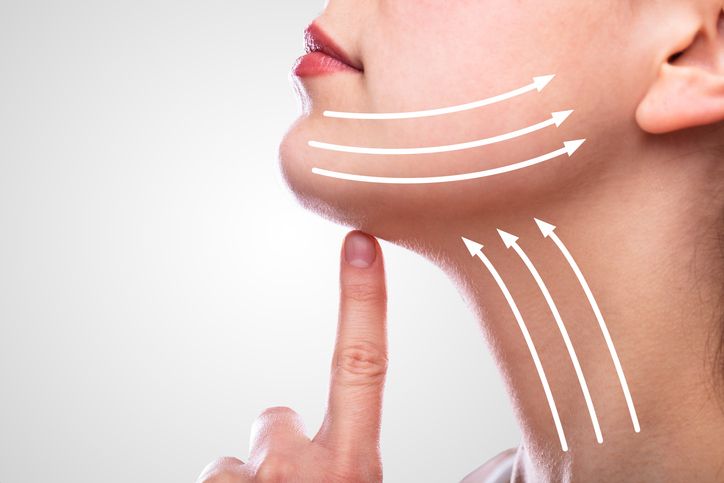
Types of Surgical Procedures for Jowls

免費體驗
Thermage FLX 5th Generation Face Lift Treatment
1 Minute Self-Registration
Date should not be before minimal date
5
Last Words

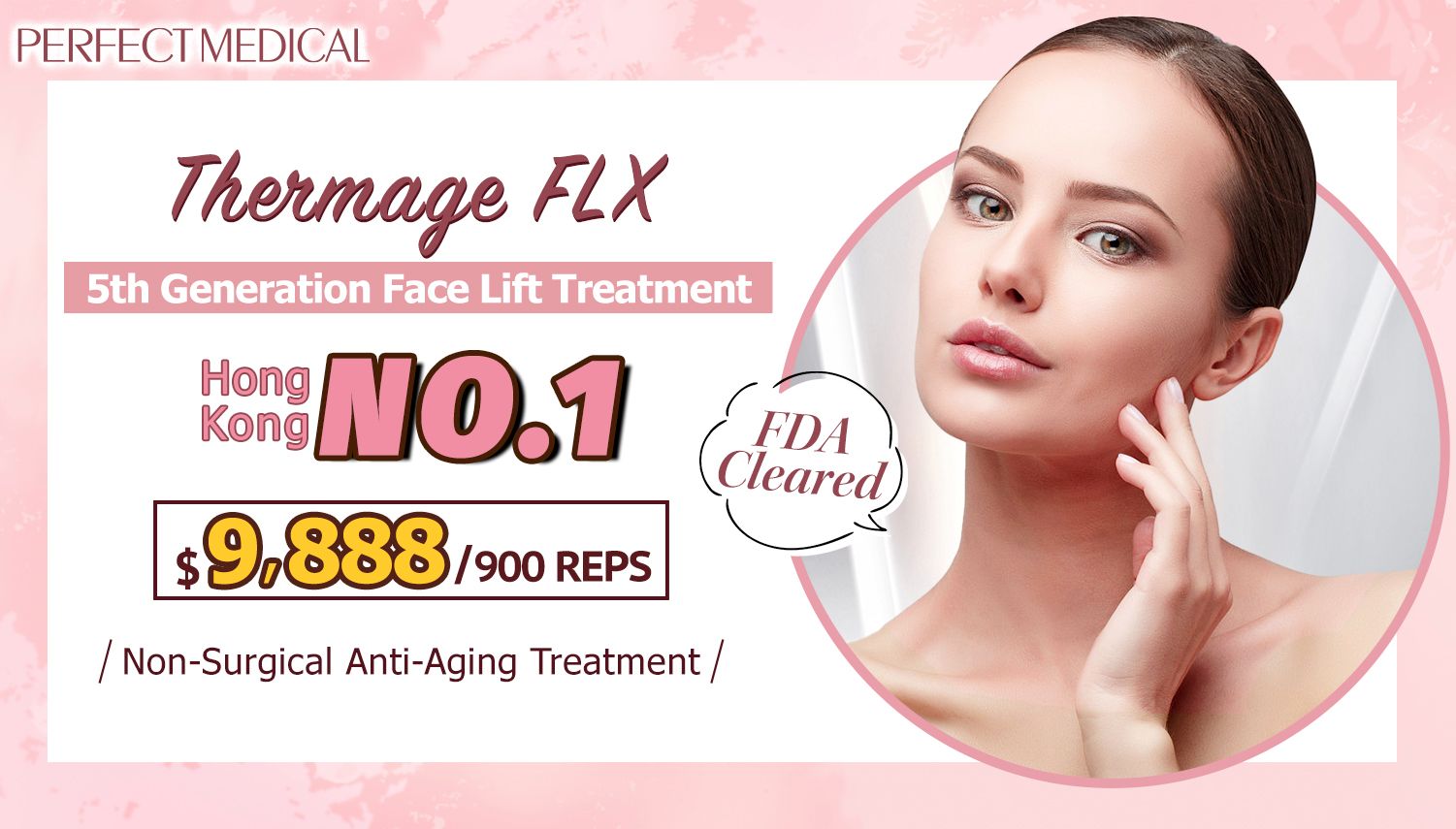
免費體驗
Thermage FLX 5th Generation Face Lift Treatment
1 Minute Self-Registration
Date should not be before minimal date
FAQ

Can Wearing Face Masks Regularly Contribute to the Formation of Jowls?
While wearing face masks regularly may cause some skin irritation and moisture buildup, there's no direct scientific evidence linking mask use to jowl formation. The primary factors contributing to jowls include natural aging, genetics, sun damage, and lifestyle choices like smoking. You'll find that maintaining proper skincare, protecting against UV rays, and following a healthy lifestyle are more significant in preventing jowls than any effects from mask-wearing.
At What Age Do People Typically Start Noticing the Development of Jowls?
Like autumn leaves gradually drifting downward, you'll typically notice jowls developing in your 40s to 50s, when natural collagen production begins to decline substantially. However, you might observe signs earlier, even in your late 20s or 30s, particularly if you have genetic predisposition, sun exposure, or lifestyle factors like smoking. While some people won't see noticeable jowls until their 60s, genetics and environmental factors play vital roles in determining your personal timeline.
Does Sleeping Position Affect the Development or Appearance of Jowls?
While your sleep position can cause temporary facial distortion and sleep wrinkles, there's no direct scientific evidence linking it to jowl development. The primary factors affecting jowls are aging, genetics, and lifestyle choices. However, you'll benefit from sleeping on your back with proper pillow support, as this position minimizes mechanical compression and facial distortion that could potentially contribute to overall skin aging.
Can Dental Problems or Missing Teeth Contribute to Jowl Formation?
Yes, dental problems and missing teeth substantially contribute to jowl formation through a cascade of physiological changes. When you lose teeth, your jawbone begins to deteriorate due to lack of stimulation, leading to bone resorption and reduced facial support. This loss of structural integrity causes your facial muscles to sag and your skin to lose elasticity, ultimately resulting in jowl development. Additionally, missing teeth can cause your cheeks to sink inward, further emphasizing the appearance of jowls.
How Long Do the Results of Jowl Treatments Typically Last?
Time flies when it comes to jowl treatments, and each option has its own duration. You'll find Morpheus8 can last up to 3 years, while Ultherapy typically gives you about 12 months of results. Dermal fillers maintain their effects for at least a year, depending on the product used and your skin's condition. If you opt for fat grafting, you can expect results to last several years, though natural aging continues.









